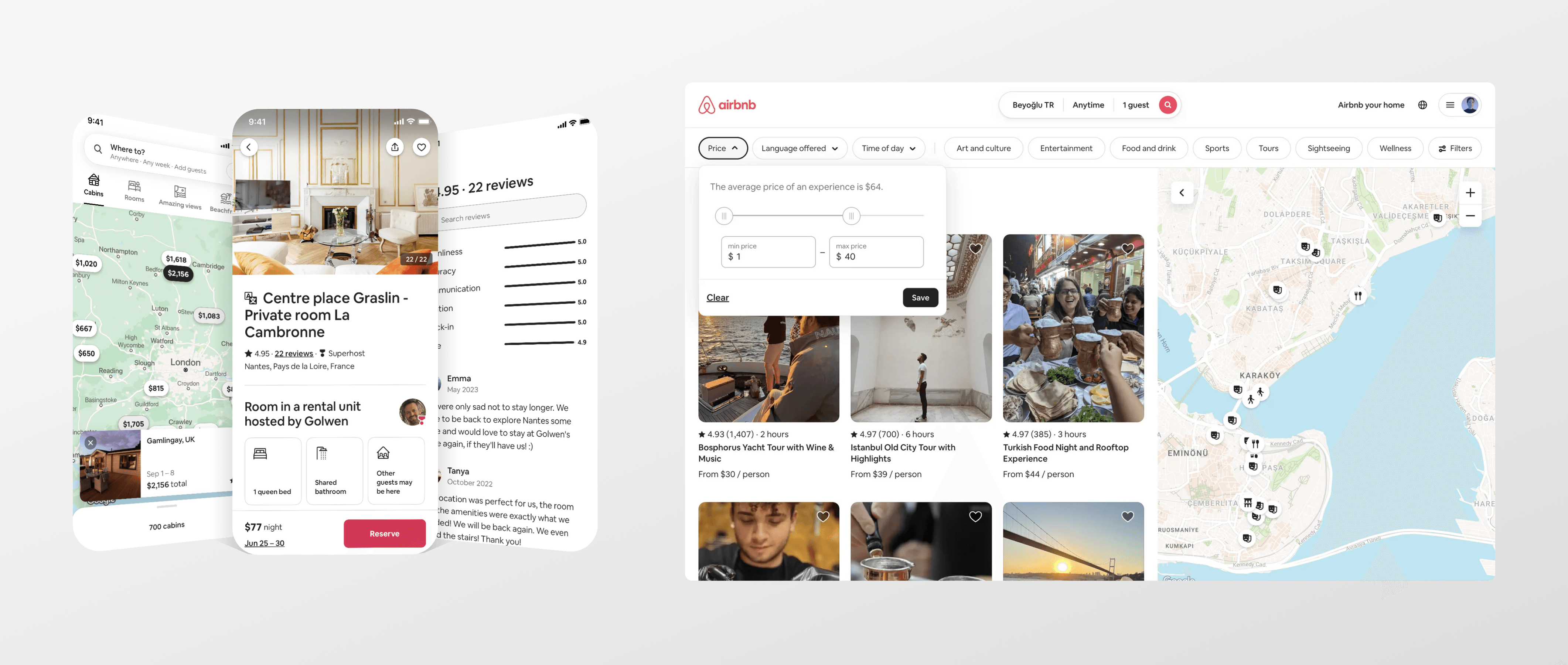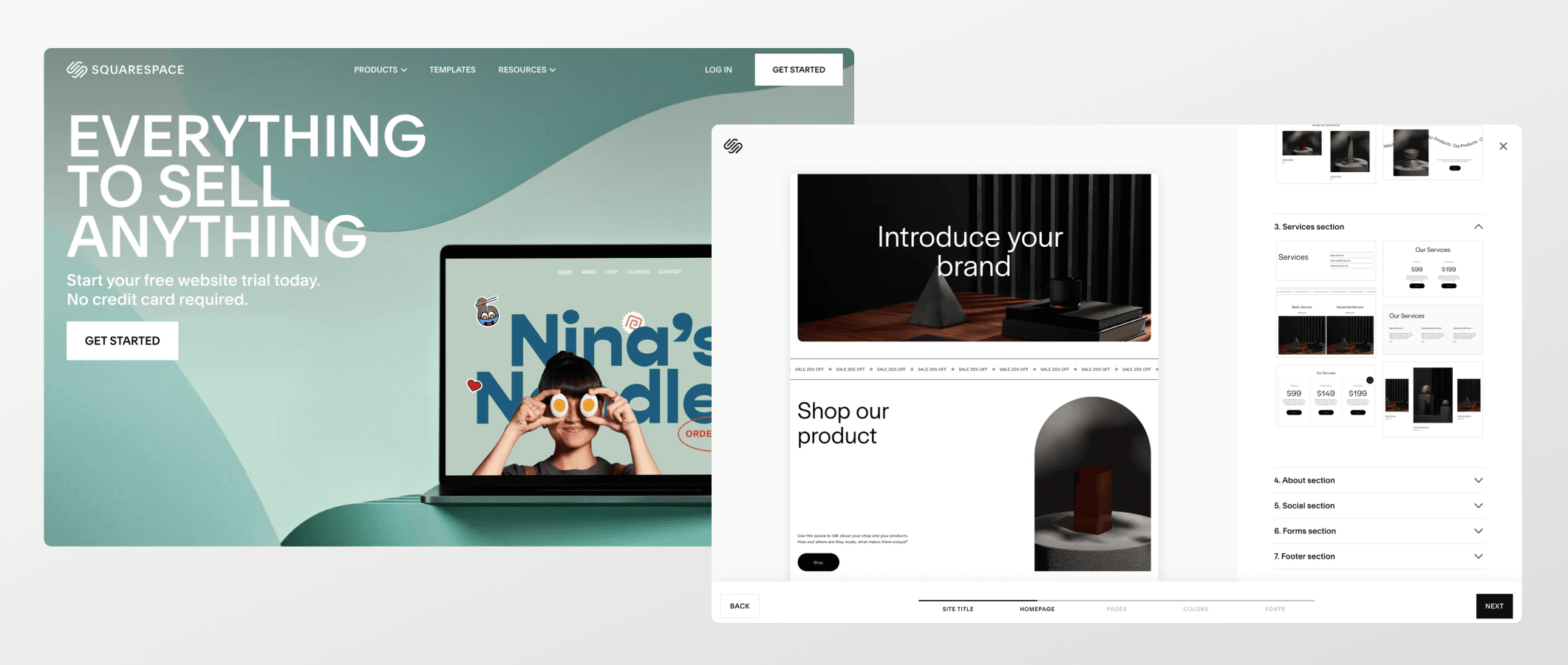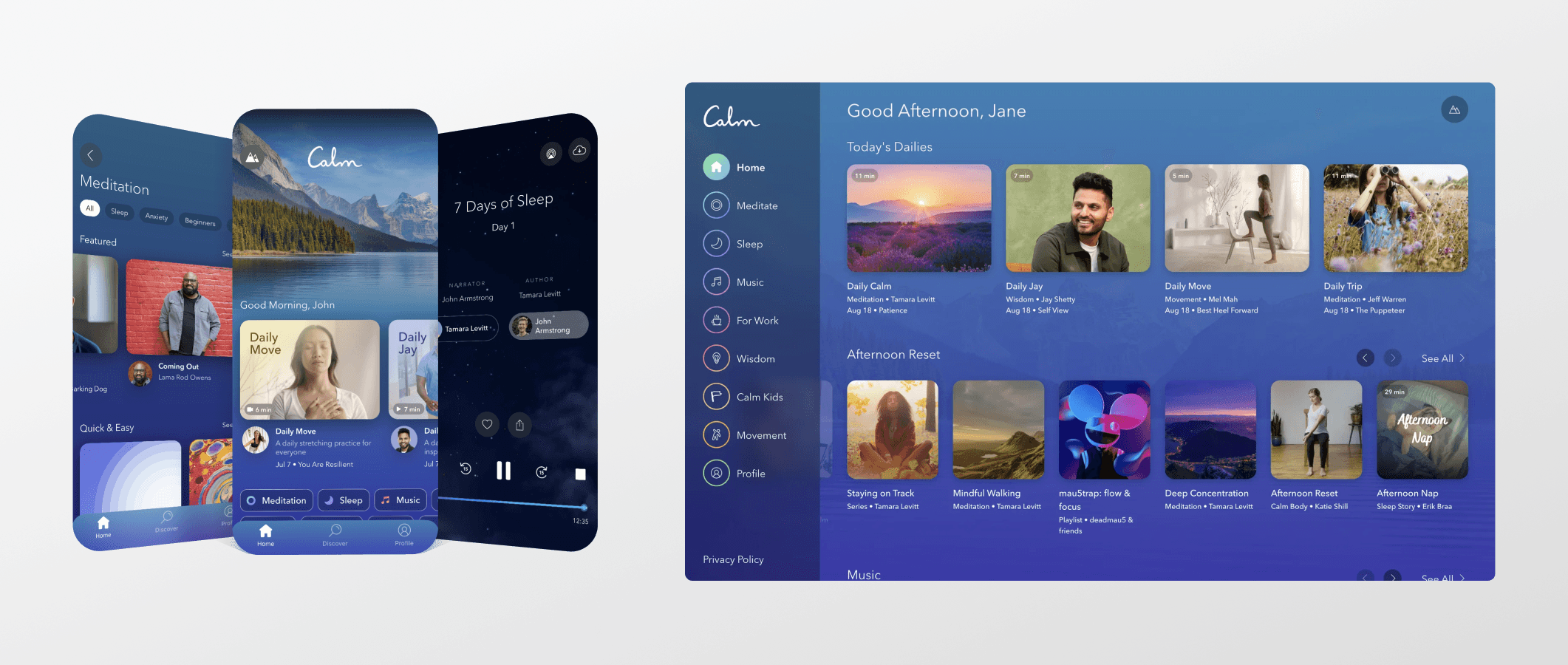
Our Blueprint for Landing Page Success
- UX/UI Design


Araminta Atherton Araminta Atherton
July 10, 2024 • 8 min read
In today's ever-evolving business landscape, companies face continual challenges driven by rapid transformations, including technological advancements, shifting consumer preferences, and global market dynamics. Amidst this dynamic backdrop, design often remains undervalued or overlooked within organizations. However, for business leaders, it's essential to recognize that design transcends mere aesthetics; it is a fundamental component of any product or service.
At Beta Acid, we believe that design is not just about making things look good—it’s about making things work better.
In the words of Steve Jobs, "Design is not just what it looks like and feels like. Design is how it works."
Here’s why design should be at the core of your business strategy.
First impressions matter. In the digital age, your product's interface is often the first touchpoint a customer has with your brand. Whether it’s a sleek and intuitive mobile app or a sophisticated web platform, good design makes a lasting impression. According to studies, users form an opinion about a product within 50 milliseconds of encountering it. A well-designed interface can capture attention, build trust, and invite engagement, whereas poor design can lead to immediate disengagement. Therefore, investing in quality design can significantly enhance user acquisition and retention rates.
User experience is the cornerstone of customer satisfaction. When design is seamlessly integrated into the development process, it ensures that every interaction a user has with the product is intuitive and enjoyable. This involves understanding the user’s journey and designing interfaces that facilitate ease of use, accessibility, and efficiency. A product that solves problems elegantly and effortlessly keeps users coming back, drives word-of-mouth referrals, and reduces churn rates.
Robert Pressman, in his book Software Engineering: A Practitioner’s Approach, states early business justification for UX: “For every dollar spent to resolve a problem during product design, $10 would be spent on the same problem during development, and multiply to $100 or more if the problem had to be solved after the product’s release.” This is to say that every dollar invested in UX returns 10 to 100x, underscoring the importance of correcting problems from the start to be most efficient and cost effective.
"Obsess over customers. When given the choice of obsessing over competitors or customers, always obsess over customers. Good design thinking puts the customer at the center of everything you do." - Jeff Bezos, Founder of Amazon
In saturated markets, differentiation is key. Design can be a powerful differentiator that sets your product apart from competitors. It's not just about being different for the sake of it but providing a unique value proposition communicated through thoughtful design. For example, in the crowded space of social networking apps, a platform that prioritizes user-centric design—offering features that users didn’t even know they needed but soon can’t live without—will stand out. By leveraging design as a strategic tool, you can carve out a niche and create a loyal customer base.
Design is a catalyst for innovation. It encourages a culture of creativity and problem-solving within an organization. By fostering collaboration between business leaders, designers, and engineers, companies can explore new ideas, test hypotheses, and iterate rapidly. This iterative process of design thinking leads to innovative solutions that not only meet but exceed user expectations. Beta Acid’s collaborative approach ensures that clients, design, and engineering work hand-in-hand to deliver leading-edge products.
Strategic design aligns with your broader business goals. It involves understanding your market, your competition, and your customers, and using these insights to inform design decisions. For instance, a real estate app designed to streamline property management must address specific pain points experienced by landlords and tenants. By aligning design with these goals, you create a product that delivers tangible business value. This alignment ensures that design is not an afterthought but a driving force behind your business strategy.
Investing in professional design can significantly boost your return on investment (ROI). A well-designed product can command higher prices, reduce customer support costs, and increase sales and market share. Here are some key areas where professional design impacts ROI:
Customer Engagement Professional design enhances customer engagement by creating intuitive and enjoyable user experiences. For example, a study by Forrester Research found that a well-designed user interface could increase conversion rates by up to 200%, while a better UX design could yield conversion rates up to 400%. This illustrates the significant impact that design can have on how users interact with a product.
Brand Loyalty Design plays a crucial role in building brand loyalty. Consistent and appealing design across all touchpoints fosters a strong brand identity, making customers more likely to develop an emotional connection with your brand. Apple is a prime example of this. Their meticulous attention to design across all products and services has cultivated a loyal customer base that is willing to pay premium prices.
Sales Growth The impact of professional design on sales growth is profound. For instance, research by McKinsey & Company highlights that companies investing in design see revenues increase by 32% and shareholder returns by 56% over a five-year period compared to those that don’t. This underscores how strategic design investment directly correlates with financial performance.
Let's take a look at some real-world examples to further illustrate the ROI of design in business:

Spotify: Spotify revolutionized the music streaming industry with its user-friendly design and personalized user experience. The platform's sleek, intuitive interface makes it easy for users to discover and enjoy music. Spotify's design team focuses on creating seamless experiences across devices, ensuring that users can easily access their music wherever they are. The platform's success is also due to its sophisticated algorithms, which provide personalized recommendations, making Spotify a preferred choice for millions of users worldwide.
Squarespace: Squarespace has distinguished itself in the crowded website building market by focusing on high-quality design. The platform offers beautifully designed templates that allow users to create professional-looking websites with ease. Squarespace's emphasis on aesthetics and user experience has made it a popular choice for creatives, entrepreneurs, and small businesses. The company’s commitment to design extends to its branding and advertising, which consistently showcase the platform’s elegant and modern design capabilities.


Great design fosters emotional connections with users. It’s about creating an experience that resonates on a deeper level, evoking positive emotions and building brand loyalty. In industries like hospitality and e-commerce, where customer experience is paramount, design can be the differentiating factor that turns a one-time user into a lifelong advocate. By prioritizing design, you not only meet functional needs but also create memorable experiences that leave a lasting impact.
Design is an indispensable element of modern business strategy. It’s not just a superficial layer added to a product; it’s an integral part of the development process that can drive significant business value. By investing in thoughtful, user-centric design, businesses can create products that are not only beautiful but also highly functional and impactful.
At Beta Acid, we’re committed to helping you leverage design to get ahead of your competition. Whether you’re building a SaaS application, an e-commerce platform, or any other digital product, our team of expert designers and engineers work together to deliver exceptional results. Let us help you build impactful and intuitive digital products that not only meet but exceed your business goals. Hit us up to learn how we can elevate your business through strategic design.